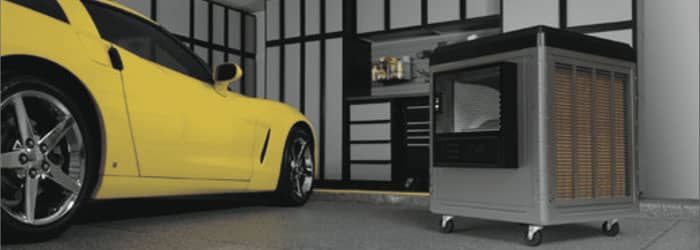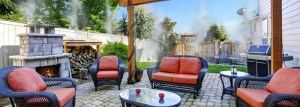Once upon a time, evaporative coolers were the main way that Arizona residents used to cool their houses. Some homeowners still prefer them because they’re particularly efficient in hot, dry climates like ours.
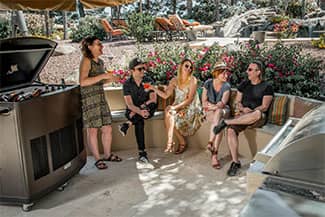
Newcomers to the state as well as long-term residents might be interested in finding out how today’s evaporative coolers do their work and what the latest innovations are for using them in their homes and yards. Here are six reasons why you might want to investigate today’s evaporative coolers:
1 | It costs less to run an evaporative cooler than an AC because an evap cooler requires much less electricity to keep running.
When you cool your home with traditional air conditioning, it’s a little like using a giant refrigerator to cool your living spaces. Running that big fridge gets more expensive all the time due to the regular increases in utility costs. It’s estimated that evaporative coolers use up to 75 percent less electricity than central air conditioning does.
2 | Here’s how an evaporative cooler works vs. how an air conditioner works.
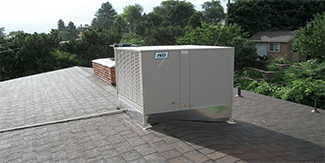
They both look like big metal boxes, but they function quite differently. Air conditioners work by taking humidity out of the air. They use a refrigerant to produce cold, dry air and operate best in an airtight environment where that cooled air is recirculated over and over again in your house.
Evaporative coolers, however, constantly introduce fresh air into your living space and move the used air out. To do their cooling, evap coolers use regular tap water to saturate a pad made of shredded wood or specially designed cellulose paper material. The hot outside air is pulled through the pad, and in the process, it absorbs moisture that can produce air that is as cool as 70 degrees even on a 100-degree day. Often the air introduced from the cooler is exhausted into a home’s attic, thus helping to cool and insulate the whole house. When you consider the differences, evaporative cooling seems like a “greener” choice.
3 | In April, May, June and the often very hot autumn in the desert, using an evaporative cooler is extremely effective.
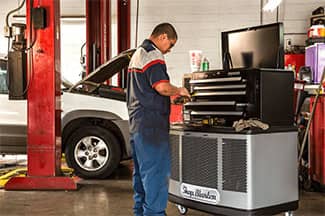
During Arizona’s monsoon season, the coolers might not cool as well because the outdoor air may be humid and sticky.
4 | Evaporative coolers are lower in cost to buy and install.
And yes, there are sophisticated whole house coolers with programmable thermostats that operate just like a conventional AC, but with a lower price tag.
5 | If you’re pretty handy, you may be able to install an evaporative cooler by yourself.
You can also have the job done by a handyman. Most air conditioning contractors can also install and repair them.
6 | Today there are also specialty evaporative coolers for all kinds of uses.
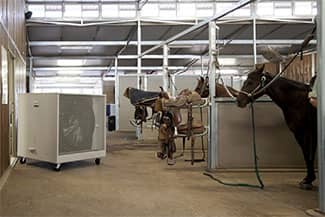
There are roll-around coolers for the patio or in the garage or workshop, according to Anne Wood, director of marketing for Phoenix Manufacturing, which produces evaporative coolers. In fact, whatever the need, it seems that there’s a cooler for just that type of occasion. You can even see evaporative coolers on the football field that keeps the players more comfortable.
So, if you want to stay more comfortable while grilling on the patio or while working on a car in the garage or even cooling down your whole house, you do have affordable choices.
###
Photo Credits:

